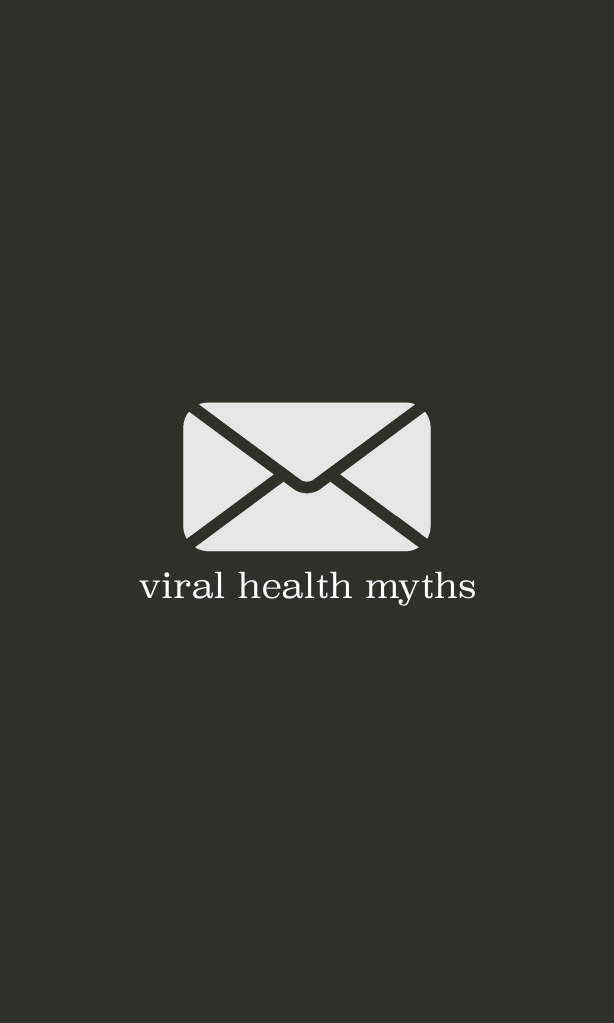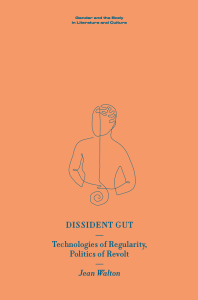
Sam Allen Wright //
I’ve always been afraid of my deodorant. Ever since I started using it—always a deodorant and antiperspirant combination—the fear that I’m going to get breast cancer has lingered in the back of my mind. Of course, this fear was never enough to get me to stop using deodorant. As an active person raised in a hot climate, I needed all the help I could get. Natural options didn’t work for me, so I just resigned myself to tempting fate every time I applied my deodorant. Sometime in early college, I briefly googled the issue to see how close to death I was and was relieved to find out that there was no definitive link between deodorant and cancer. However, the association still lingered in my mind, and I started checking my armpits for lumps daily before applying my deodorant. You know, just in case.
Annie Sneed, science journalist the New York Times, published an article in March 2021 on whether “natural” deodorants were better than traditional deodorant options. Her findings were simple: “experts, including an oncologist, an epidemiologist, a skin microbiome expert and several dermatologists, said that there is no definitive evidence that regular deodorants or antiperspirants are worse for your health than natural deodorants. In fact, they said, they’re perfectly safe” (Sneed). Although this was no surprise to me, I was shocked to learn that the association between deodorants and cancer supposedly originated from a chain email in the 1990s. Since then, many studies have investigated the link deodorant and cancer, only to come up empty handed.
However, I was struck: could my decades-old fear of my deodorant be the result of a chain email? I set in search of the original email, but I have not been able to find it. I have, however, found many references to the email in a variety of articles from the late 90s and early 2000s. One article, from Salon on May 25th, 1999, quotes the chain email: “the leading cause of breast cancer is the use of antiperspirant…PLEASE pass this along to anyone you care about … This awareness may save lives” (MacKeen). Experts immediately shut down the link (although many scientific studies continued to investigate deodorant and cancer), but the question lingered: how did this rumor even get started? Dr. Michael Thun, then the head of the American Cancer Society’s epidemiology program, theorized: “human imagination has never been short of creative explanations for phenomena that people are frightened of…I think that it is a clever rumor that has some appeal because breast tissue obviously goes into a woman’s armpit and because a lot of people use antiperspirant. It’s like saying, ‘Hats cause baldness’” (MacKeen).
So, if it’s clear that deodorants and antiperspirants do not cause cancer, then why does tracking down the origin of the myth matter? As a medical humanities scholar, I’ve long been interested in how the general public understands and learns about health issues. My research has found that many times, people learn about health from personal experiences, popular articles in the media, and from anecdotal evidence. This makes sense; most of us do not have the time, background, or resources to scour medical journals to get our latest health news. The fact that the false link between deodorant and cancer originated from an email and has spread over the past 20+ years to be a commonly accepted theory reveals two things about cancer: 1. the general public is terrified of cancer, and 2. many of us do not understand cancer or its causes.
In 1990, sociologist Phillip Strong coined the term “epidemic psychology.” He writes “Epidemic psychology, indeed, seems to involve at least three types of psycho-social epidemic. The first of these is an epidemic of fear. The second is an epidemic of explanation and moralisation and the third is an epidemic of action, or proposed action” (251). Strong notes, “From a sociological point of view what is interesting about these epidemics of fear, explanation and action is that they have the potential capacity to infect almost everyone in the society” (251). If we use Strong’s model of epidemic psychology, then online health myths make perfect sense. First, there’s the impetus—fear. Breast cancer, for example, certainly was and is an epidemic. Although certainly not a new disease, breast cancer rates have risen about 242% from the 1970s to the 2010s (Schneider et al., 246). That fear caused many to seek explanations. Since cancers rarely have “easy” explanations, people searched for their own answers, and in this case, chose deodorant as a potential cause. This explanation led to action—the wide-spread questioning of the health and safety of deodorants. This particular health myth has led to many studies over the past few decades and has become a great money maker for companies to prey on consumer fear and make “natural” or “clean” deodorants. By looking at health misinformation claims through the lens of epidemic psychology, we can see that these false assertions are a natural response to an epidemic.
We can also see that health myths disseminated through the internet is not a new trend, so the best way to actively fight these myths is to embrace the same communication channels. A 2018 article published in the Canadian Medical Association Journal (CMAJ) argues that one of the best ways to combat misinformation is to implement more savvy social media practices. Quoting Dr. Brittany Seymour, an epidemiology professor at Harvard University, the article argues that targeting social media influences with large followings can help spread accurate and important health information. The article argues: “Rather than tweeting it [a checklist for childhood medical care] out to her own followers on Twitter, she tweeted at a very influential mom group, and the mom in charge retweeted the checklist,” Seymour said. “That’s the way we need to start thinking about how we communicate and who we target” (Vogel).
So how do we stop viral health myths? On an individual level, we can all be more careful about what we share online. On a larger level, as those involved in health care, public health, or education, we can analyze these viral posts and utilize the same mechanisms to spread more accurate information. In a world filled with misinformation and viral disinformation campaigns, fighting health myths may seem like an uphill battle. However, tracing the origins of false health beliefs can help us understand better how to fight these myths, which is the first step to helping build trust in public health and making sure people have easy access to potentially life-saving information.
Works Cited
MacKeen, Dawn. “No Sweat.” Salon, Salon.com, 25 Sept. 1999, https://www.salon.com/1999/05/25/anti_perspirant/.
Schneider, A. Patrick, et al. “The Breast Cancer Epidemic: 10 Facts.” The Linacre Quarterly, vol. 81, no. 3, 2014, pp. 244–277., https://doi.org/10.1179/2050854914y.0000000027.
Sneed, Annie. “Are Natural Deodorants Really Better for You?” The New York Times, The New York Times, 9 June 2021, https://www.nytimes.com/2021/06/09/well/live/natural-deodorant-questions.html.
Strong, Philip. “Epidemic Psychology: A Model.” Sociology of Health and Illness, vol. 12, no. 3, 1990, pp. 249–259., https://doi.org/10.1111/1467-9566.ep11347150.
Vogel, Lauren. “Viral Misinformation Threatens Public Health.” CMAJ : Canadian Medical Association Journal = Journal De L’Association Medicale Canadienne, Joule Inc., 18 Dec. 2017, https://www.ncbi.nlm.nih.gov/pmc/articles/PMC5738254/.
Image source: WordPress



